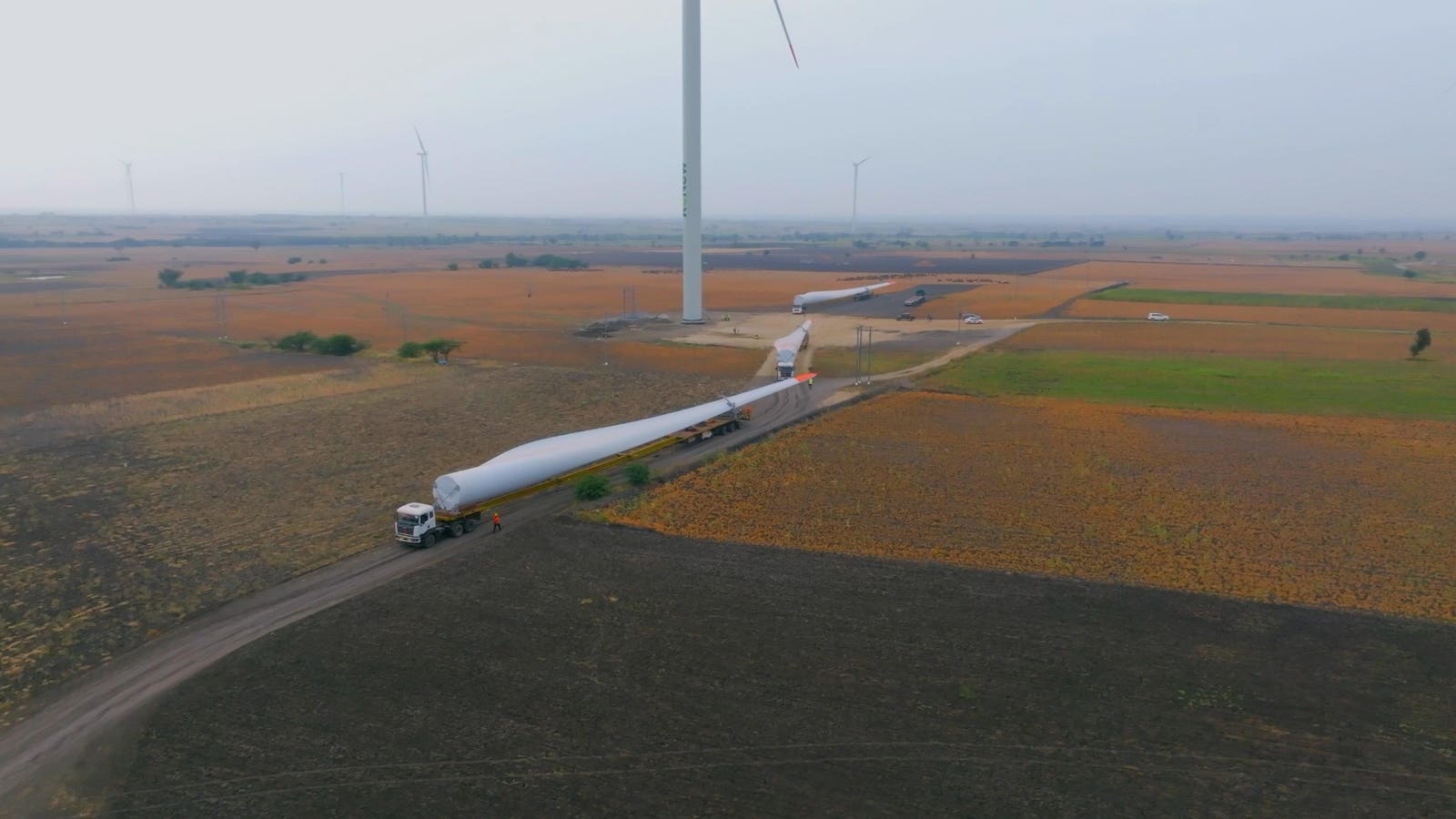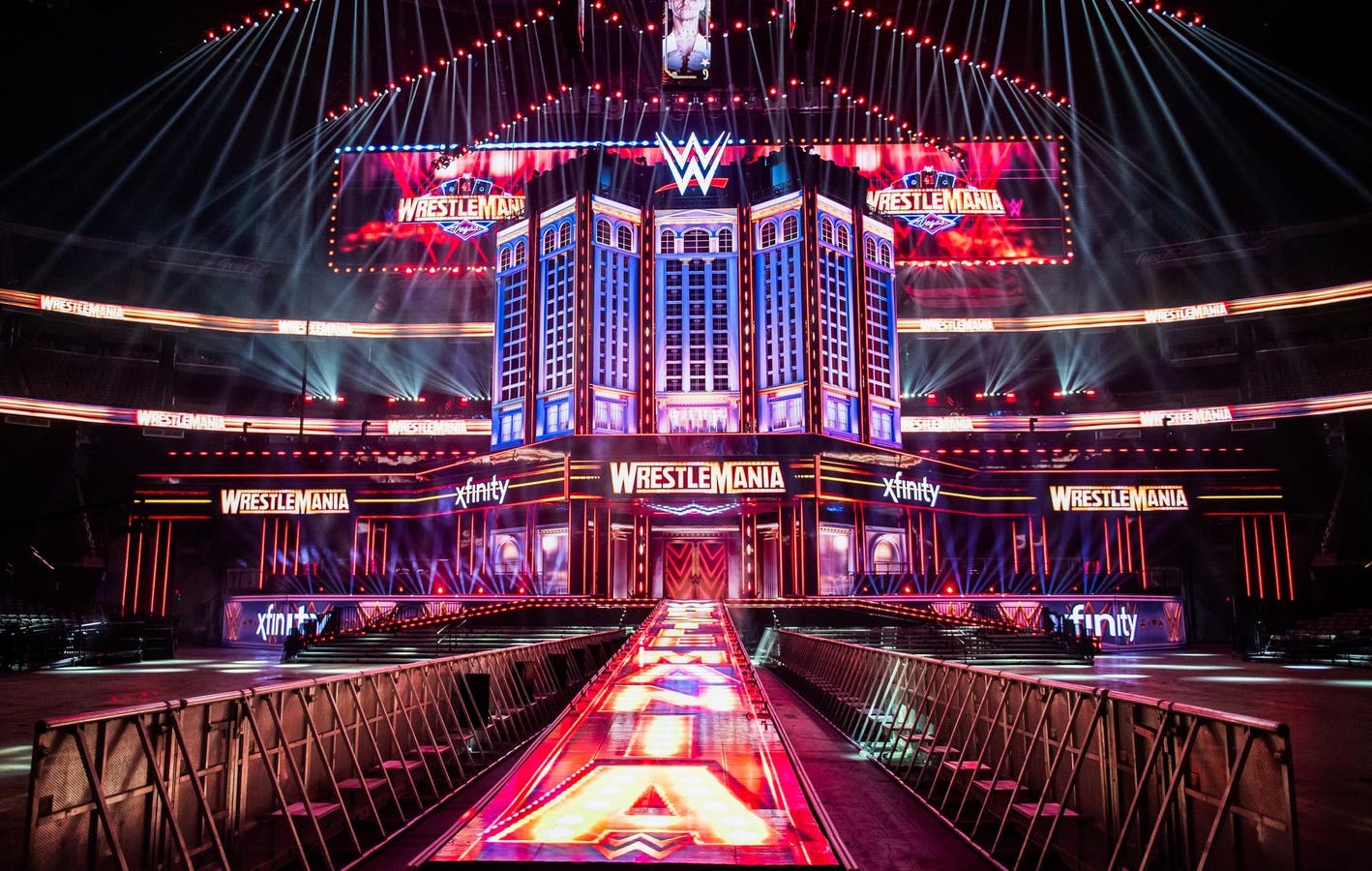The world in 2025 is being reshaped by turbulence, including trade wars, protectionist trade policies, and geopolitical fragmentation. The recent wave of reciprocal tariffs on major economies, including India and China, has highlighted the fragility of our global systems. Meanwhile, climate shocks, economic volatility, and resource scarcity are testing the resilience of even the strongest companies.
From a sustainability lens, the overall global momentum towards sustainability is declining in large pockets, with significant acceleration since early this year. The UN SDG Report 2025 highlights that with only 5 years left to achieve the SDGs, we are widely off track, with only 35% SDG targets on track, and nearly 35% have either stagnated or regressed.
The Paradox – momentum slowing, urgency rising
While global momentum is faltering, the case for sustainable businesses has never been stronger. Companies today are facing a complex array of risks and trade-offs across value chains, starting from an increasing demand for natural resources to economic volatility and uncertainty, to witnessing climate risks. As per the Carbon Disclosure Project (CDP), the biggest companies face almost USD 1trillion in climate risks. Additionally, major weather events are already impacting businesses with damages totaling USD 380 billion in 2023. With the turbulence in the past two years, the pressure of shifting supply chains has been persistent. A recent survey by McKinsey & Company suggests that 90% of companies, including those in the S&P 500, are experiencing supply chain disruptions.
As companies are learning the hard way, the definition of sustainability has really changed for businesses. Today, sustainability is less about just compliance but more about “sustaining” and “resilience” from external shocks, focusing on constant growth and value creation. According to a recent survey by EY, 54% of CEOs reported that sustainability is being given higher priority by them and their boards. In fact, more and more investors are casting their vote towards sustainability-driven models, rewarding them with greater access to capital and higher stock valuations. As per PwC, nearly 80% investors say ESG is critical for their investment decisions.
The business case for sustainability is also strongly linked with improving reputation, enhancing brand value, and increasing customer loyalty. By prioritizing purpose and social impact, companies are gaining a competitive edge over others and earning goodwill. Studies indicate that products marketed with sustainable attributes are growing at twice the rate of their conventional counterparts. This trend showcases the increasing demand for eco-friendly products & brands, and a shift in our mindsets.
When focusing on the internal walls of the organization, a culture of sustainability drives employee engagement and also enhances employee well-being, particularly among younger generations. Businesses with strong sustainability programs have better morale (55%) and employee loyalty (38%), resulting in increased productivity and reduced absenteeism, contributing towards greater development impact (Society for Human Resource Management).
Understanding the Leadership Multiplier
The businesses that are doing it right are not only focusing on redefining models but on sustainability leadership, with ripple effects across communities, ecosystems, and global businesses, what we call the “Leadership Multiplier.”
Taking the example of the consumer goods sector, Nike’s USD 1 billion-plus “Flyknit Line” using a specialized yarn system has not only reduced 3.5 million pounds of waste since 2012, but has generated large profit margins, a perfect example of sustainability embedded in the innovation process.
Similarly, Ikea, known for its functional home furnishings, has not only committed to reaching 100% renewable energy for all its operations by 2030 but also empowering its suppliers to achieve this goal through financing on-site investments as well as enabling the purchase of renewables. The company has also committed to spending €1 billion on climate programmes, supporting vulnerable communities.
Another example showcasing an effective “Leadership Multiplier” is Microsoft, in the technology sector. The company is not only working aggressively towards becoming carbon negative by 2030 but also accelerating sustainability with AI, making investments in AI to help accelerate the net-zero energy transition. Closer to home, Microsoft has also partnered with one of India’s leading clean energy companies by signing one of the largest Corporate RE agreements in India, expected to generate over one million units of green electricity attributes annually. Additionally, as a part of this agreement, a USD 15 million community fund will be established to support environmental justice initiatives. This partnership is a perfect example of leveraging technology and sustainability leadership to uplift communities and promote inclusivity.
Building Future Businesses
In 2025, thriving means designing sustainability in from the start, not bolting it on as an afterthought. This is a shift from creating value only for shareholders to creating value for all stakeholders: People, Planet, and Profits.
The companies that embrace this shift are not just “doing the right thing”; they are building the only kind of business that will matter in the next decade—resilient, innovative, and trusted.
The message is clear: Sustainability is no longer a cost; it is one of the smartest investments in a company’s future. The real leaders will be those who see it not as a mandate, but as a multiplier.









